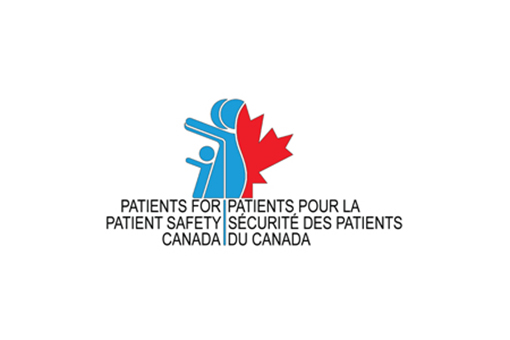Safety in Mom's Retirement Home: The Balance, The Tipping Point in a Pandemic
Authour: Kim Neudorf
August 27, 2020
The apprehension I felt when the World Health Organization (WHO) declared a global pandemic on March 12, 2020 arose from prior healthcare experience.
I understand that infection prevention is difficult to enact, even in controlled settings, but it is possible. Slips and lapses, lack of protective equipment, mixing residents, and lack of preparedness on multiple levels contribute to catastrophic results. This became apparent weeks later, as Canadian headlines festered with reports of long-term care residents' and staff's inability to escape the clutch of COVID-19. Canadians were outraged that these vulnerable systems and people weren't better protected.
Our household pays attention to "the numbers" locally, nationally and internationally. As more and more seniors died in care, media reports advised to move family members out of care and into your own home. I was conflicted—what was best?
Mom's ability to remember lasts for only a few minutes. "My mind is like a sieve," she laments, good naturedly. Repetition and reminders bolster her independence. The move to her retirement home 18 months prior achieved four important goals: safety and security, socialization, self-care maintenance, and simplification. COVID-19 threatened these goals and added a new level of complexity for the residents and staff managing the facility.
Mom's situation was evaluated from a distance. April was a precarious time—media reports fueled doubts about Mom's safety. Yet, I chose for her to remain in her home, contingent upon the first indication of COVIID-19 entering her facility. Several factors built confidence in this decision:
- each unit is self-contained
- communal gatherings were stopped, and reinstated with physical distancing
- staff do not work outside of the facility
- I could visit for essential care
- PPE was available and worn by staff
- as a private facility, provincial and national directives were adopted
- community transmission numbers were low
- outside personnel and family contact was strictly controlled
- Mom reported good physical and emotional health
- regular, clear communication described the facility's status and new restrictions
- staff's conveyance of determination to do their best
- Mom's advance care plan was reviewed in March, so I knew where Mom stood in the event she became seriously ill.
- lessons were being learned each day from other places in the world
As with any lingering threat, we adjusted and my anxiety waned. Pop-up worries surfaced occasionally, as local community outbreaks occurred. I have an obligation to do right by her, and feel the weight of my role as power-of-attorney. Mom relies on me to make the best decisions for her care, as do my family, and I don't want to live with guilt or regret.
Challenges existed. Mom struggles with technology, therefore virtual visits weren't possible, but for several weeks she looked forward to the novelty of our combined telephone and 'face-to-face' visits from her fourth floor balcony. This was my chance to do a mini assessment of her physical and emotional health. As restrictions lifted, I organized our first outdoor walk together. It had been several months since I'd been this close to her. I noted changes in Mom that I did not pick up on from my position in the parking lot, as Mom clutched her coat shielding herself from the cold wind. She was less steady on her swollen feet, more stooped with reduced endurance and a weight gain. Last year, she easily walked eight blocks, now she could only manage three or four.
I've overseen Mom's affairs for the past four years. She did the same for her own mother in the last two decades of her 100 years. Application of engagement principles is an unwavering expectation. We forfeited the caring and loving interactions we were accustomed to in the interest of public safety. In return, I expect preparedness, sufficient PPE, diligent infection prevention practices, responsiveness to family concerns, maintenance of dignity, prevention of frailty, and the presence of loved ones at the end of life. I also expected residents would be given every opportunity to protect themselves in whatever capacity they could.
Fortunately, after five months, Mom's retirement home remains COVID free. Mom isn't worrying about "the virus," she calmly says, "whatever will be, will be."
We have to trust that it is possible to achieve safety and protect the vulnerable, while meeting our human need for love, affection and belonging. The report Re-imagining Care for Older Adults helps realize the intention of improved outcomes for older adults in care, going forward.
"Take care with the end as you do with the beginning." Lao Tzu

Want to read more?
